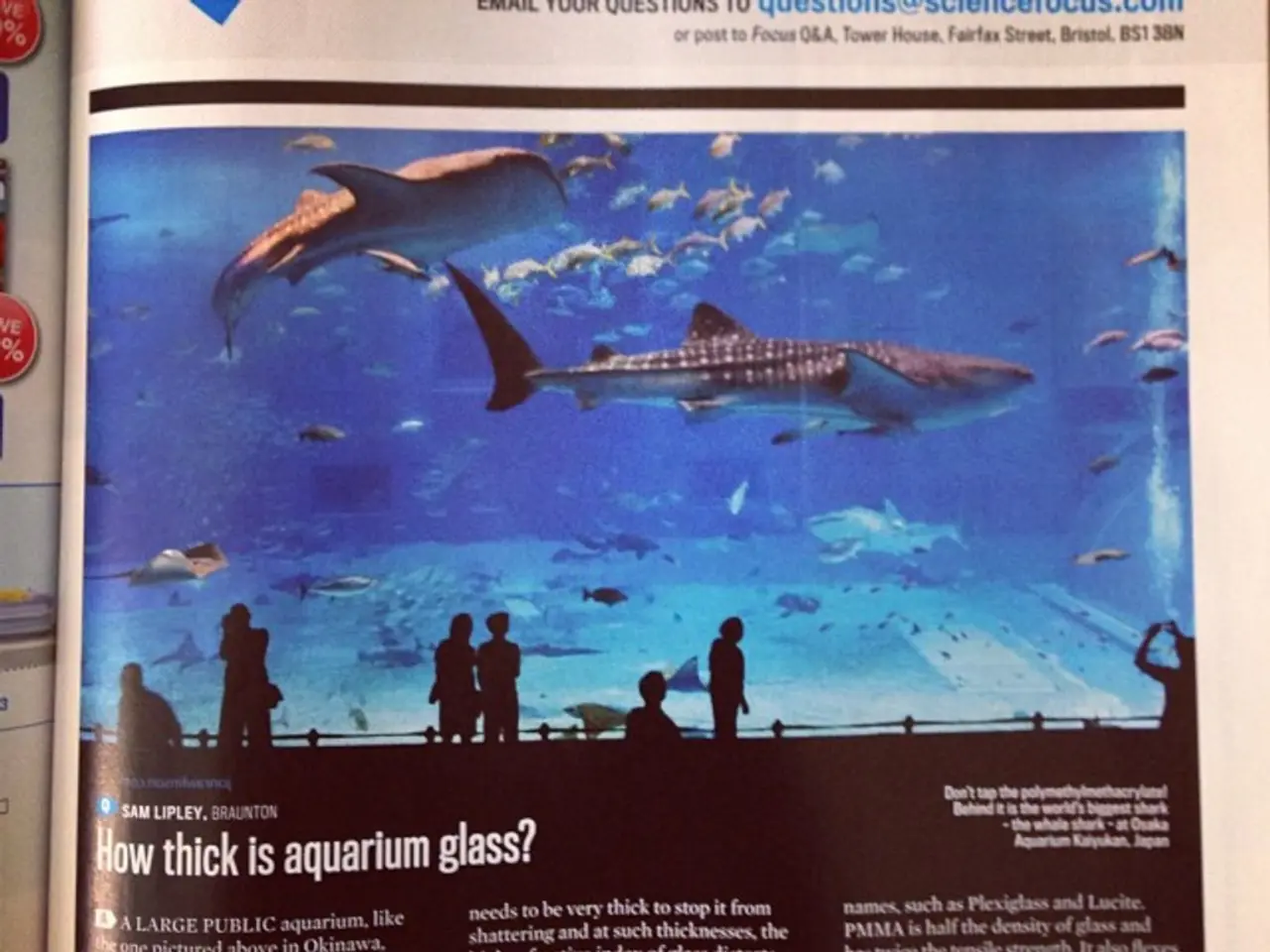World's Majestic Waterways: A Journey Through Mekong and Amazon Rivers
The Amazon and Mekong rivers, two of the world's most significant waterways, stand as titans of biodiversity and culture, each offering unique experiences for travelers and sustaining the livelihoods of millions.
The Amazon, stretching approximately 6,400 kilometers and covering a basin of seven million square kilometers, spans nine countries. It is Earth's largest river by volume and carves through the world's greatest rainforest. The Amazon basin boasts the greatest overall biodiversity in the world, hosting the largest rainforest and an immense variety of plants, animals, and aquatic species. With around 40,000 plant species, 16,000 types of trees, 2.5 million insect species, and 3,000 freshwater fish species, the Amazon's biodiversity is unparalleled [1][3].
The Amazon is home to more than 500 indigenous groups, some of whom remain isolated from modern society. The river offers extraordinary opportunities for wildlife photography, with jaguars, giant river otters, and vibrant macaws among the most sought-after sightings. An Amazon river cruise provides intimate access to remote rainforest regions, encounters with wildlife such as pink river dolphins and sloths, and visits to indigenous communities [1].
In contrast, the Mekong River spans approximately 4,350 kilometers and flows through six nations: China, Myanmar, Laos, Thailand, Cambodia, and Vietnam. The Mekong is vital in supporting economies, sustaining over 60 million people through rice cultivation, fishing, and transport. The Mekong's cultural richness includes UNESCO-listed heritage sites in Luang Prabang, Laos, stilted villages in Tonle Sap, Cambodia, and bustling floating markets in Vietnam [1].
The Mekong is second only to the Amazon in biodiversity richness, particularly noted for its exceptionally high fish diversity, with over 1,000 freshwater fish species, making it the most fish-diverse river in Asia [1][3]. The Mekong hosts the critically endangered giant catfish, fewer than 100 Irrawaddy dolphins, and 1,300 fish species, 20 percent of which are endemic. However, overfishing has strained Mekong ecosystems, causing fish catches to decline by 50 percent over the past two decades [1].
Culturally, the Amazon basin is home to numerous indigenous groups with diverse languages, traditions, and ways of life largely connected to the rainforest. The Mekong River basin includes multiple countries—such as Vietnam, Cambodia, Laos, Thailand, and Myanmar—supporting diverse cultures that are closely tied to the river’s seasonal flooding and fisheries, like the Tonle Sap lake’s importance for fish spawning and local livelihoods [1].
Regarding travel experiences, the Amazon offers immersive rainforest expeditions, wildlife viewing, and indigenous cultural tours, generally attracting visitors seeking adventure and ecological tourism. The Mekong offers culturally rich river cruises that traverse several countries, highlighting unique riverine lifestyles, historic sites, and bustling delta regions. Travelers on the Mekong often experience dynamic seasonal flood patterns and witness large-scale riverine agriculture and fishing communities [1].
In summary, while the Amazon boasts unparalleled biodiversity and deep indigenous cultural heritage in an expansive rainforest, the Mekong is notable for its incredible fish biodiversity, multi-national cultural tapestry, and vital flood-driven ecosystems that shape the livelihoods and travel experiences along its stretches [1][3]. Both rivers provide distinct, rich encounters with biodiversity and culture that reflect their unique geographies and human-environment relationships.
References:
[1] "Amazon and Mekong: Rivers of Life." World Wildlife Fund. https://www.worldwildlife.org/magazine/issues/spring-2019/articles/amazons-mekong-rivers-of-life
[3] "Amazon River Basin." World Wildlife Fund. https://www.worldwildlife.org/ecoregions/nt0104
[3] "Mekong River Basin." World Wildlife Fund. https://www.worldwildlife.org/ecoregions/nt0405
The Amazon, famous for its rich biodiversity, provides remarkable travel experiences that immerse visitors in the heart of the world's largest rainforest, offering opportunities to discover numerous indigenous cultures and spot diverse wildlife.
In contrast, traveling along the Mekong River offers insights into a multinational cultural tapestry, showcasing unique riverine lifestyles and historic sites, as well as experiencing dynamic seasonal flood patterns and witnessing large-scale agricultural and fishing communities.




